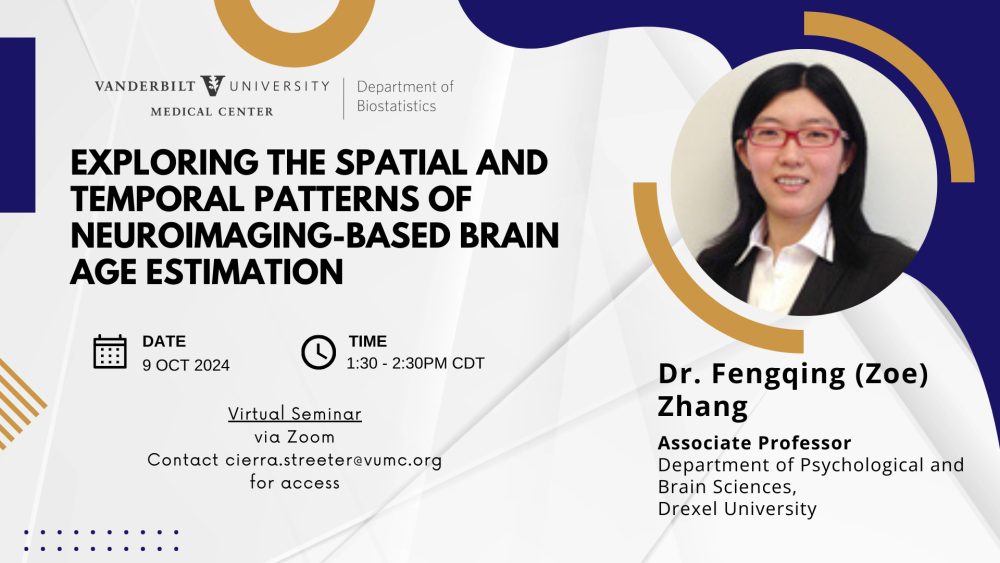
Abstract
Neuroimaging-based brain-age estimation via machine learning models has emerged as a promising approach for studying brain aging. Comparison of an individual's brain age and chronological age can inform us whether an individual's brain ages faster or slower compared to typical brain aging. However, several studies report that the predicted brain age is underestimated for older subjects and overestimated for younger subjects. We examine this systematic bias and propose different approaches to correct for the bias. Additionally, we comprehensively compare different machine learning models to integrate different combinations of multi-modal imaging features for improved brain age prediction. Existing methods of brain age estimation provide a single value representing the whole brain's average developmental or aging status. This approach might miss the divergent patterns of change in various brain structures. Thus, we propose a novel multidimensional brain-age index to capture distinct regional aging patterns in the brain. Lastly, despite the promising finding of brain age as a potential Alzheimer's Disease (AD) biomarker, most studies on brain age have been cross-sectional. We, therefore, examine the longitudinal trajectory of brain age in individuals who remain stable with normal cognition or mild cognitive impairment (MCI), as well as individuals who progress to clinical AD. Findings from our studies are helpful to advance the practice of optimizing different analytic methodologies in brain age prediction.
Sign up to meet with Dr. Zhang after the presentation here.
Dr. Zhang received her PhD in statistics from Northwestern University in 2014. She then joined Drexel University as an Assistant Professor in the area of statistics and quantitative psychology. She is currently a tenured associate professor in the Department of Psychological and Brain Sciences at Drexel University. Her research interests lie primarily in the development and application of advanced statistical models to analyze complex and high dimensional data (e.g. neuroimaging data, complex behavioral data). So far, she has published over 100 peer-reviewed papers and her research has been supported by NIG and other private foundations. In addition, she has served multiple leadership roles within the American Statistical Association (e.g., ASA Philadelphia Chapter 2019 President.)